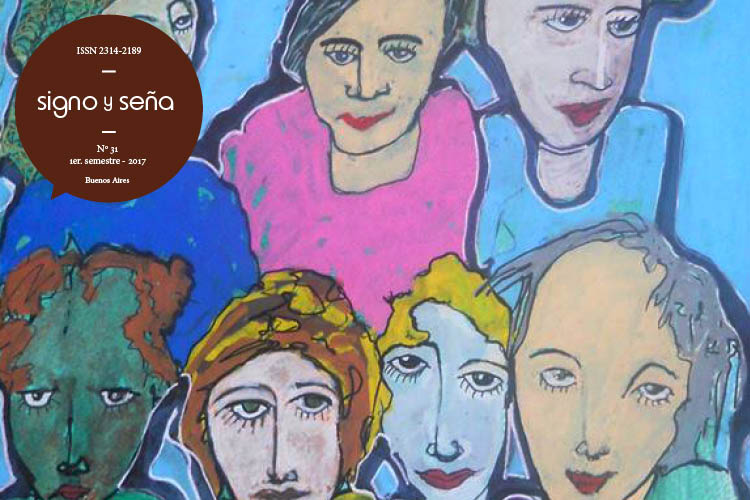Relaciones entre eventos: la codificación de Manera (-s) en quichua santiagueño
Keywords:
interclausal relations, switch-reference, Manner, Santiagueño Quechua
Abstract
Santiagueño Quechua has a switch-reference system with suffixes that indicate different subject (DS), -pti, and same subject (SS) -s and -spa. The literature on the subject has indicated that the two SS suffixes were allomorphs, being -s the shorter form of -spa (Nardi 2002, Albarracín de Alderetes 2016). However, the speakers do not select both SS suffixes interchangeably. The main hypothesis of this article is that these two suffixes establish different event relations: -spa, marks laxer relations, and -s, introduces Manner clauses, i.e. closer relations. In order to state the hypothesis, it is proposed here a distribution of the switch-reference suffixes in an inter-clausal semantic continuum (Van Valin 2005), where ‘Manner’ is located at the narrowest end. At the same time, this semantic relation between events has a syntactic correlate. Therefore, it is also established here a “desententialization” continuum (Lehmann 1988) with ‘sentential’ and ‘nominal’ ends, where -s clauses are located at the “desententialized” end. Thus, the clauses introducing Manner in Santiagueño Quechua constitute a complex state of affairs: syntactically, as compression (Lehmann 1988), and semantically, as a macroevent (Talmy 2000).Downloads
How to Cite
Juanatey, M. (1). Relaciones entre eventos: la codificación de Manera (-s) en quichua santiagueño. Signo & Seña, (31), 54-66. https://doi.org/10.34096/sys.n31.3825
Issue
Section
Articles
- Authors keep the copyright and give the journal the right of the first publication, with the work registered with the Creative Commons Attribution-ShareAlike 4.0 International License, which allows third parties to use what is published whenever they mention the authorship of the work and the first publication in this magazine.
- Authors can make other independent and additional contractual agreements for the non-exclusive distribution of the article published in this journal (eg, include it in an institutional repository or publish it in a book) as long as they clearly indicate that the work It was published for the first time in this magazine.
- Authors are allowed and recommended to publish their work on the Internet (for example on institutional or personal pages).

















